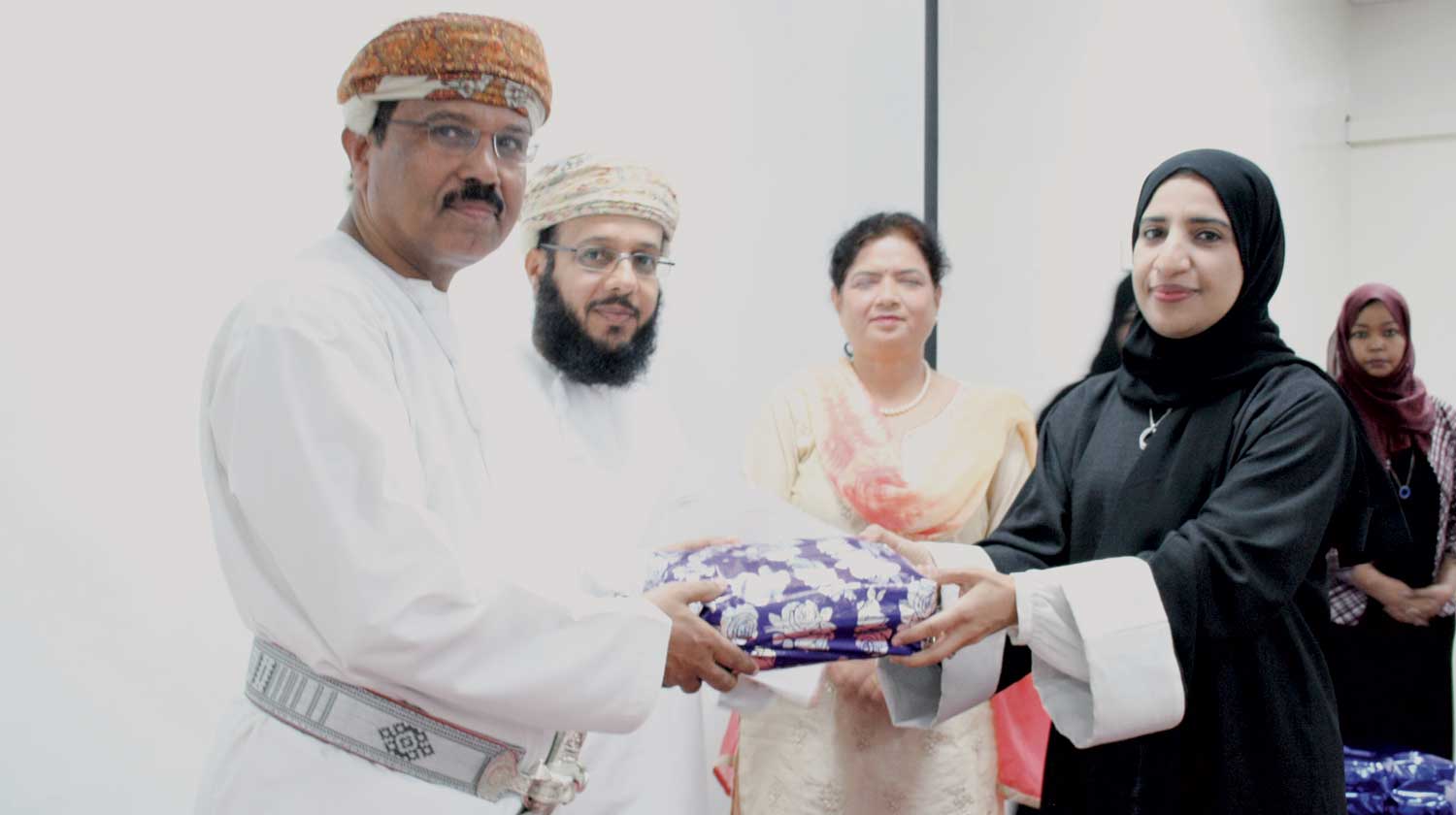

SALALAH, April 22 - About one in every 50 babies, which is two per cent, is born with a major structural abnormality and may require major surgeries where the repair is possible and handicap is reduced. These facts came during discussion on ‘fetal medicine’ organised by Department of Obstetrics & Gynaecology at the Sultan Qaboos Hospital (SQH) in collaboration with Professional Development and Career Guidance unit and Oman Society of Obstetrics and Gynaecology (OSOG).
The event was held under the auspices of Dr Khalid al Mushekhi, Director General of Health Service in Dhofar. Dr Hasan Mahad Mustahail al Katheri, Director SQH and Dr Ahmed Salim Qaitoon, Assistant Director of Medical and Paramedical Affairs, were present on the occasion. According to experts, major fetal anomalies also account for 15 per cent casualty at birth till one-month and 15 per cent in the first year of life. With improvement in antenatal and neonatal care, fetal malformations become increasingly important and this forms the basis of ultrasound screening for fetal abnormalities.
Experts attending the ‘Fetal Medicine Workshop’ impressed upon the fact that in general, a detailed ultrasound scan can detect 80 per cent of the structural abnormalities of the baby.
The commonly detected abnormalities are: anencephaly (absence of the skull bone), hydrocephalus (excessive fluid in the brain), achondroplasia (dwarf), omphalocoele (abdominal defect at the umbilical cord insertion), spina bifida (defect in the spine formation), cleft palate/lips (defect in the lips) and heart defects (such as hole in the heart).
Thus, there was a call for the expecting mothers to take advantage of the advanced technology available at health centres in the country to ensure that there were no fetal anomalies and the new babies and mothers remained healthy both before and after the delivery.
Ultrasound examination in pregnancy, according to them, is an integral part of antenatal care. Detailed scan is a must in modern obstetrics and in the era where there is great advancement in ultrasound machines.
The stress was there on Oman’s advancement in healthcare and the fact that ultrasound facility is available for all pregnant women in the remotest health centres in the country.
Sultan Qaboos Hospital has distinction of becoming the only referral hospital in Dhofar Governorate with about 7,000 delivery cases reported every year.
“All efforts are made for early booking in pregnancy a first trimester scan and ultrasound screening for fetal anomalies at 18-22 week pregnancy. Fetal medicine is a sub-specialty in Obstetrics and Gynaecology where the obstetrician is trained and specialised in abnormal fetal condition in order to provide better level of care for patients with fetal abnormality. On the other hand, mothers with healthy babies can be reassured that their pregnancy is normal,” said one speaker during the lecture.
Dr Veena Paliwal, Senior Consultant, Head of the Department and Chairperson of the event organising team, said the workshop was conducted by international and national experts in the field. Notable among them were Dr Nihal al Riyami, Dr Dina al Balushi , Dr Prabha Sinha and Dr Anita Zutshi. Dr Aisha Yahya al Bahanta joined the event from Salalah.
“It was an important moment for us to announce that two of our Omani doctors — Dr Asma Mohammed al Ojaili and Dr Khadija Mohsin al Hafeedh got certified by ISUOG (International Society of Ultrasound in Obstetrics and Gynaecology) as trainers after a rigorous training programme.
They were part of prestigious panel of teaching experts in the workshop,” said Dr Paliwal. The event participants, according to her, were given hands on experience in various skills like fetal biometry, fetal cardiac evaluation, doppler and placenta with emphasis to use standardised methods of performing ultrasound and reporting.
Oman Observer is now on the WhatsApp channel. Click here



